|
HOME: www.hiltonpond.org |
|||
THIS WEEK at HILTON POND Subscribe for free to our award-winning nature newsletter (Back to Preceding Week; on to Next Week) |
All text, maps, charts & photos © Hilton Pond Center ARTHROPOD ARCHITECTURE This week we sauntered along our re-built teaching/learning deck at Hilton Pond Center and noticed two globs of red clay stuck on a shrub overhanging the new wheelchair ramp. It's sort of unusual to see wads of mud on vegetative twigs, so we naturally took a closer look. What we found was two finely formed little jugs (above), somewhat reminiscent of pottery created from Piedmont clay by Catawba Indians who have practiced their art for thousands of years not far from here. We recognized the objects as the work of Potter Wasps, insect artists in their own right that gather muddy soil and shape it into spherical containers to house their progeny. Oddly enough, the wasps top the sphere with a symmetrical neck that looks much like that on a human-made pot, a design quite pleasing to the eye. These Potter Wasps (AKA Mason Wasps) in the Vespidae got us to thinking about all the different kinds of structures built by animals that provide shelter, nurseries, and the like--from beaver dams to bird nests to Prairie Dog towns. All are all amazing structures, but what we find especially remarkable is that arthropods--insects, spiders, crayfish, and their joint-legged kin--have no brains to speak of but manage to create such interesting examples of what we call "Arthropod Architecture."
All text, maps, charts & photos © Hilton Pond Center Insects are among the most accomplished of the arthropod architects, with our newly found Potter Wasps just being one example. Closely related Organpipe Mud Dauber Wasps, Trypoxylon politum, also gather soft soil, but rather than constructing clay pots they make long cylindrical tubes like those in our photo above. It's apparent the wasp(s) visited various clay sources, hence the different hues. After constructing a tube the female wasp hunts for a spider, paralyzes it with a quick sting, and brings it back for insertion into the tube, sometimes repeating the process several times. On each living but inert spider she lays a single egg that eventually hatches into a grub that gets to dine on its own personal arachnid. Organpipe Mud Dauber Wasp nests are nearly as strong as cement and show up in all sorts of places; we found those above inside a bluebird nest box. We've also seen them under lawn furniture and even in the wheel well of a parked automobile, and they're a common occurrence in grooved siding on our old farmhouse at Hilton Pond Center. Although these mud tubes may be unsightly we let them be, knowing the wasps are helping keep the house from being completely enmeshed in spider silk.
All text, maps, charts & photos © Hilton Pond Center Potter Wasps and Organpipe Mud Dauber Wasps are solitary insects, but some social insects take arthropod architecture to a high degree. Honeybees, of course, work together to build complex wax combs, while numerous species of Paper or Vespid Wasps (Polistinae) chew wood into paper and collaboratively construct condominiums like the one above. One queen Paper Wasp runs the show while her workers build the communal nest and gather spiders for insertion into each hexagonal cell, where she then lays her eggs. Workers seal off the cell with more chewed-up paper and the grubs develop like Organpipe Mud Dauber Wasps described previously. Again, we can't imagine how many spiders there might be in the world without the predatory behavior of all these wasps.
All text, maps, charts & photos © Hilton Pond Center And speaking of spiders, their own architectural feats get mixed reviews from humans who are both fascinated by intricacies of web-spinning and disgusted by the stickiness of spiderwebs when confronted face-first. At this time of year various members of the Orb-weaving Spider Family (Araneidae) are at their busiest here at Hilton Pond Center, where our trail-walking is often interrupted as we encounter a giant web (above) across the path. We've learned to avoid webs for the sake of the spiders AND to minimize the number of times we have to clean our eyeglasses; unlike some spider-hating acquaintances, while trekking we never wave a stick to knock down webs the spiders have spent so much time and energy to construct. A web is the spider's meal ticket, and in some species the sticky strands also deter hungry predators; who are we to destroy their handiwork? Spiderwebs are indeed among the most fascinating examples of arthropod architecture, and when we deploy our woven polyester mist nets to capture birds for banding we often remember we're just imitating what these industrious arachnids have been doing for hundreds of millions of years.
All text, maps, charts & photos © Hilton Pond Center Adult arthropods do build nests to house their future offspring, but immature insects are also noted for architectural prowess. One example is the Bagworm Moth Family (Psychidae) whose caterpillars weave cases of silk they adorn with various artifacts; in the example above at Hilton Pond Center the larva has camouflaged its two-inch-long shelter with twigs from a Baldcypress from which it dangles. As long as it is actively growing the bagworm moves its transportable home along the twig to fresh feeding sites; just before it becomes a pupae the larva permanently attaches its bag with very strong strands of silk. Both male and female bagworms build these cases, but only the males emerge as adult moths; females typically have vestigial wings and must await the arrival of a free-flying mate to successfully breed.
All text, maps, charts & photos © Hilton Pond Center Butterflies make a dangling sac of a different sort--as in the chrysalis (above) of a Monarch butterfly, Danaus plexippus, taken at few years ago at Hilton Pond Center. In a way this isn't really arthropod architecture because a Monarch larva doesn't really build anything. What happens is that the transparent chrysalis layer lies just beneath the flexible skin of the final instar caterpillar. When the "cat" reaches optimal size its skin bursts open, revealing a soft chrysalis that soon hardens and provides a waterproof place in which the butterfly matures.
All text, maps, charts & photos © Hilton Pond Center Moths do butterflies one better in actually constructing a shelter that protects them during metamorphosis. In the case of the Cecropia Math, Hyalophora cecropia, the final instar of its caterpillar weaves around itself a flexible but rugged cocoon of brown silk (above). When the cocoon is complete and sealed off from the outside world, the larva sheds its skin to reveal the chrysalid layer beneath. The pupa slumbers away inside its double protection of cocoon and chrysalis, eventually emerging as an adult moth.
All text, maps, charts & photos © Hilton Pond Center When moth caterpillars spin cocoon silk they do so from modified salivary glands in their mouths, while Spittlebugs go at building shelters from the opposite end. Spittlebugs are the nymphal stage of True Bugs (Hemiptera) in the Cercopoidea, a superfamily that includes several families of Froghoppers--insects that can leap distances befitting their name but belying their small size. At Hilton Pond Center our most commonly observed Spittlebug nymph (about an eighth of an inch long) clings to tender grapevine shoots, inserts its needle-like mouth parts, sucks away, and begins to blow a froth of plant sap from its abdominal openings. This cluster of tiny, slimy, bitter-tasting bubbles (above) protects the Spittlebug from predators, desiccation, and temperature change as the nymph goes though its metamorphic stages. Despite its effectiveness, most observers would likely say bugspittle is one of the more unusual examples of "arthropod architecture."
All text, maps, charts & photos © Hilton Pond Center Immature insects that wander unprotected by armor, camouflage, or anti-predator devices are at the mercy of ravenous predators, so it's not surprising soft-bodied larvae such as beetle grubs typically stay hidden below ground or within wooden fortresses. Adult beetles (Coleoptera) often lay eggs within tree snags; after these hatch the larva begin eating their way through old wood. They tunnel as they go, creating galleries like the three-inch-wide one (above) we found beneath bark on an old limb at Hilton Pond Center. Grubs in some species simply leave their frass within the gallery while others defecate through exit holes--leaving tiny piles of sawdust as evidence of their cellulose-rich diet. A beetle grub gallery can be quite elaborate and sometimes so distinctive its form indicates the species that created it. It should be noted that some beetles lay eggs in living vegetation and can even kill mature trees, as with Southern Pine Beetles and the newly invasive Emerald Ash Borer.
All text, maps, charts & photos © Hilton Pond Center Beetle grubs aren't the only arthropod larvae that tunnel in wood--a fact borne out by complaints we hear from folks across the eastern U.S. whose houses or storage buildings are being "attacked" by Carpenter Bees, Xylocopa spp. These large, docile, mostly solitary apids--often misidentified as Bumblebees--do seek out wooden structures and non-living trees in which to chew long, deep holes. Eggs are laid and larvae develop within compartments (above, in a 9" tunnel), each provisioned with a loaf or slurry of pollen and nectar. Unless there's an usually large infestation we encourage people to try to live with the Carpenter Bees; we're a bit dismayed to see homemade "bee traps" for sale in the local feed store. Although these insects may cause minor damage with their tunnels, Carpenter Bees also play a very important role as pollinators of native plants and agricultural crops--including tomato, eggplant, and many types of ornamental flowers. With the demise of Honeybees, Bumblebees, and a great many native pollinators, we would be wise not to go after Carpenter Bees with traps and insecticides. (HINT: Carpenter Bees typically chew into unfinished wood exposed to sunlight; a coat of polyurethane or oil-based paint almost always deters them. Redwood lumber is almost guaranteed to attract Carpenter Bees, so use a different building material such as cedar or cypress.)
All text, maps, charts & photos © Hilton Pond Center Not all arthropods are insects or spiders, of course, nor are they all terrestrial. Take for example numerous species of freshwater crayfish--ten-legged creatures (Decapoda) that inhabit slow-moving streams or impoundments such as Hilton Pond. Most crayfish die young but some individuals are surprisingly long-lived, lasting three years or more. During that time a crayfish patrols the pond bottom feeding on detritus and worms, growing ever larger each time it sheds its exoskeleton. In some cases water in the crayfish habitat is so stagnant it nearly lacks oxygen--a situation remedied by the animal's digging a horizontal burrow that eventually turns upward and emerges into fresh air above the pond bank. As the crayfish continues to extend its burrow--which also provides shelter from Raccoons, fish, and other shellfish fanciers--it piles excess mud pellets around the surface opening (above). In some cases this pile, called a "crayfish chimney," can be a foot or more high. We see only a few crayfish chimneys at the Center each year; those usually occur in a flat, soggy bottomland below the dam.
All text, maps, charts & photos © Hilton Pond Center Nature offers abundant examples of invertebrate building skills, from spider egg cases to ant hills (above) and termite mounds. All text, maps, charts & photos © Hilton Pond Center
All contributions are tax-deductible on your |
|---|
All text, maps, charts & photos © Hilton Pond Center We were most pleased this week at Hilton Pond Center to host reporter Andrew Dys and photographer and old friend Andy Burriss of The Herald newspaper in Rock Hill SC. Andrew is a gifted writer who interviewed us about the 30th anniversary of our banding of our first Ruby-throated Hummingbird on 27 July 1984. The article appeared in print and/or on-line in The Herald and several sister papers, including The State (Columbia SC) and Enquirer-Herald (York SC) and brought a ton of welcome hits to our Web sites for the Center and Operation RubyThroat: The Hummingbird Project. Andy added his usual definitive photographs (see one above) and there was even a video snippet shot by Andrew with his iPhone. To read the 29 July 2014 article and view the images, please see "30 years of ruby-throated love: 5,000 hummingbirds banded at York man's home." All text, maps, charts & photos © Hilton Pond Center |
Hilton Pond Center for Piedmont Natural History and Operation RubyThroat: The Hummingbird Project are now registered as an organization/project eligible to receive donations amounting to 0.5% of each and every Amazon purchase you make through AmazonSmile. We know many of you are frequent Amazon customers, so it's merely a matter of placing your orders through AmazonSmile after designating Hilton Pond Center as your desired recipient. You might not think 0.5% is much of a donation, but that's 50 cents on every $100 you spend; it doesn't cost you a penny and those donations can really add up. Please click below and begin helping Hilton Pond Center and Operation RubyThroat in this nearly effortless way. Don't forget: Your purchases need to be made via AmazonSmile.com rather than Amazon.com. Same company, just a different route for donations. |
|
"This Week at Hilton Pond" is written and photographed by Dr. Bill Hilton Jr., executive director of Hilton Pond Center for Piedmont Natural History.
|
|
|
Please refer "This Week at Hilton Pond" to others by clicking on this button: |
Comments or questions about this week's installment? Send an E-mail to INFO. (Be sure to scroll down for a tally of birds banded/recaptured during the period, plus other nature notes.) |


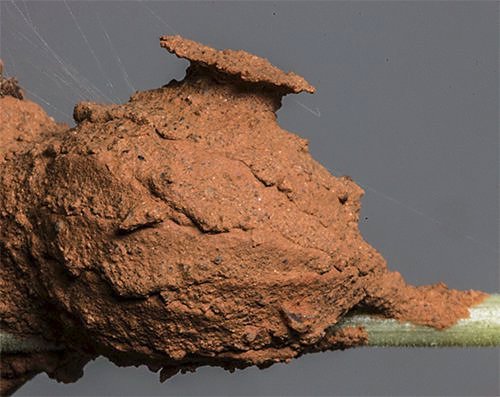
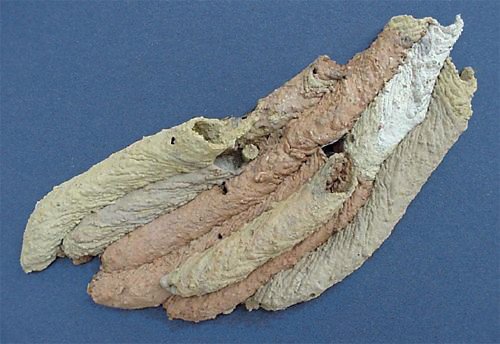
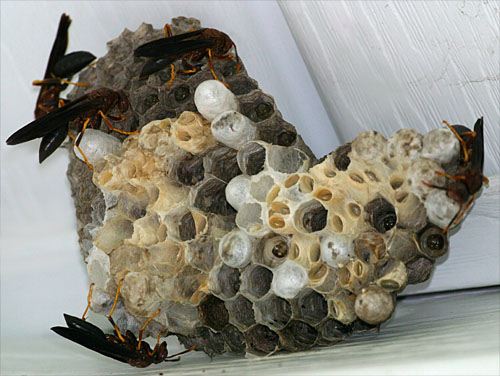
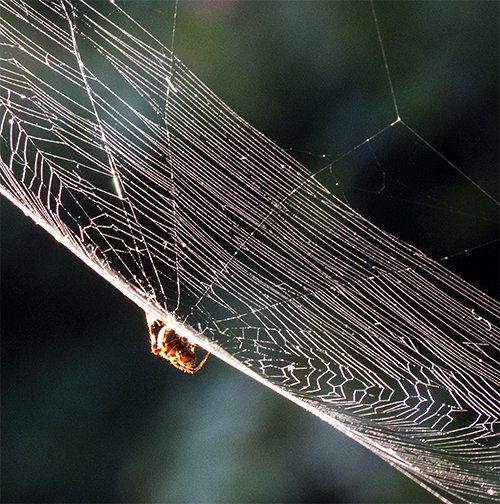
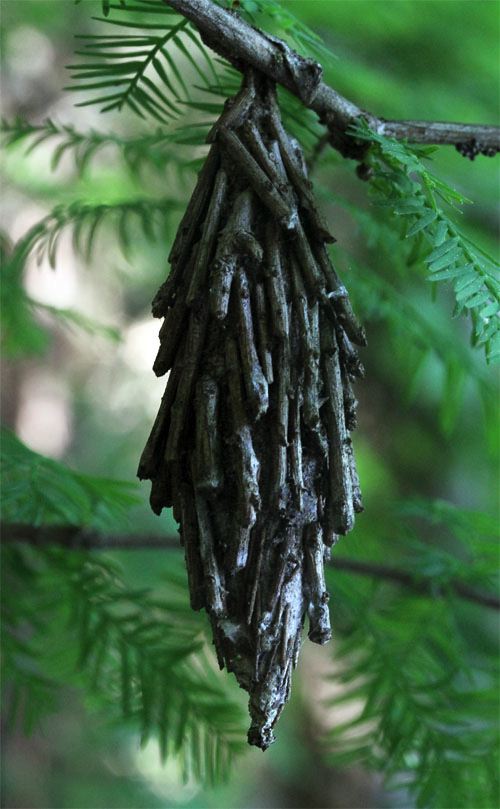
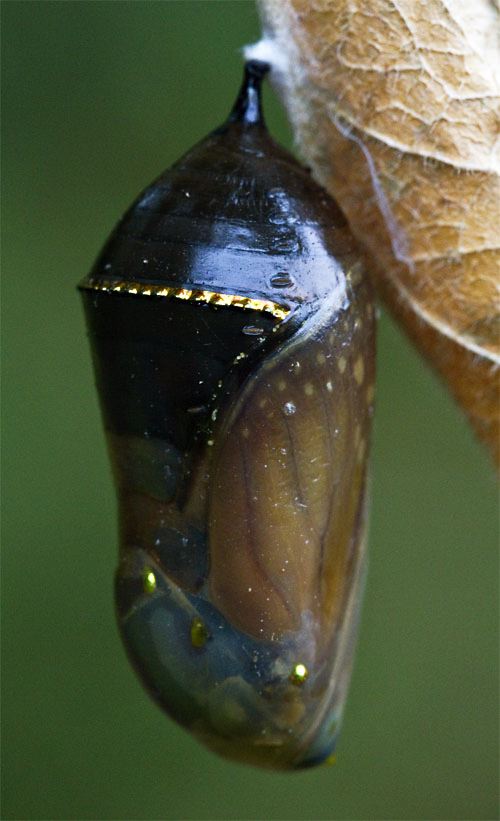

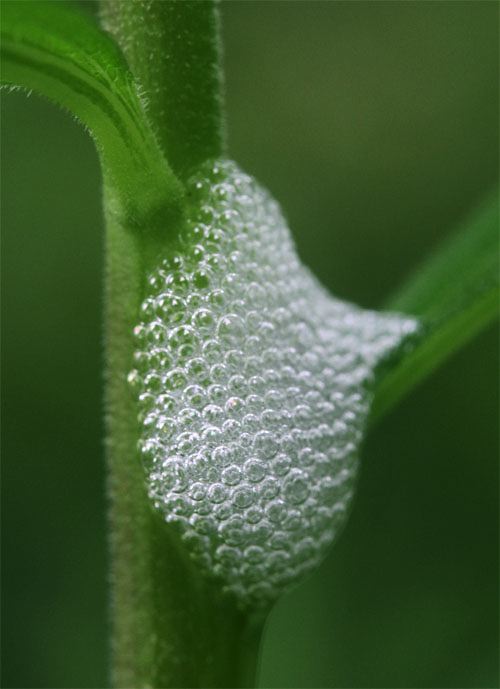
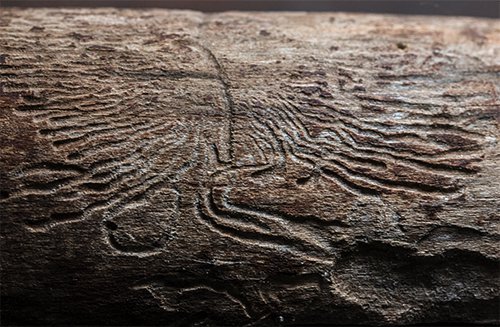
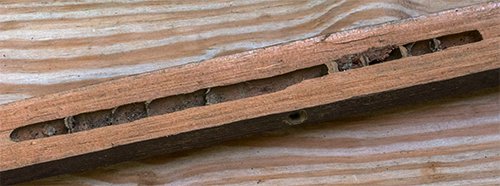

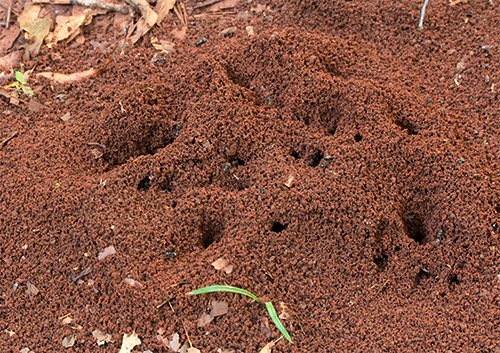
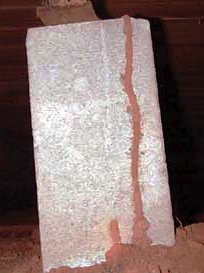 We have none of the latter; such towering structures are restricted to Africa, Australia, and tropical America, while Carolina Piedmont termites content themselves to live within fallen timber
We have none of the latter; such towering structures are restricted to Africa, Australia, and tropical America, while Carolina Piedmont termites content themselves to live within fallen timber 

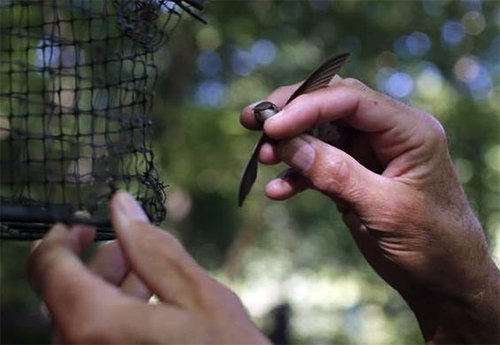






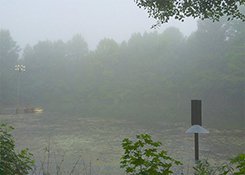
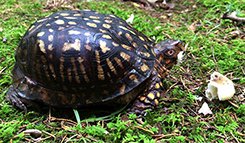
 Please report your
Please report your